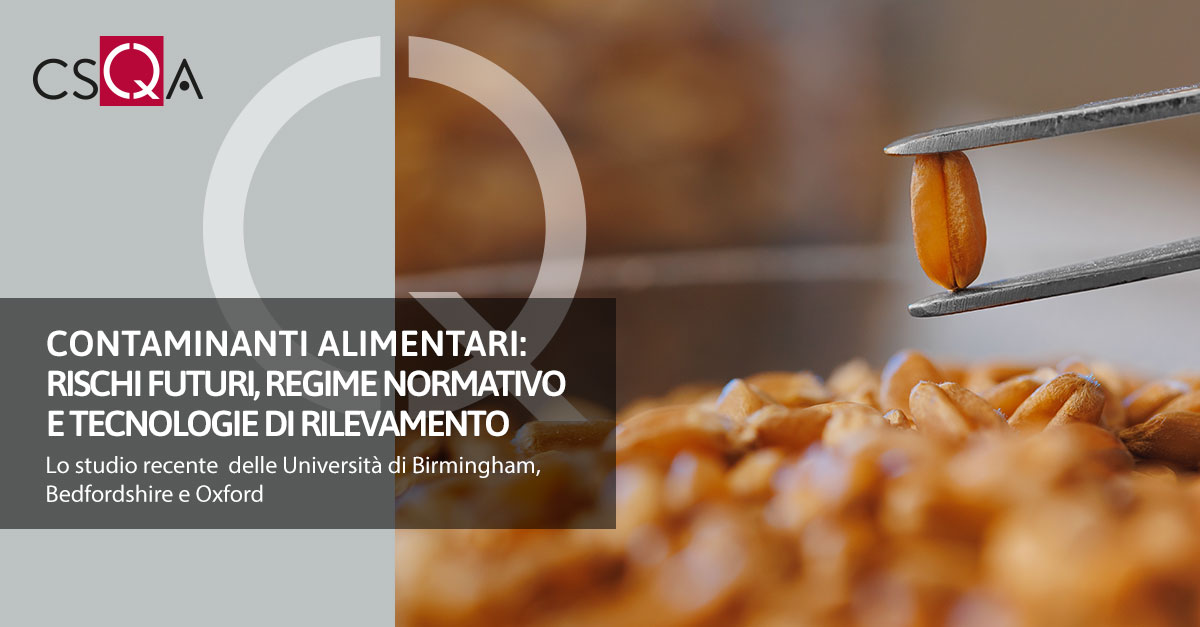 Food contaminants pose a serious threat to public health , with profound negative impacts on the economy, society and the environment.
Food contaminants pose a serious threat to public health , with profound negative impacts on the economy, society and the environment.However, there is a lack of timely and comprehensive reviews of the latest developments in food contaminants and effective measures to prevent contamination , particularly through new intelligent detection technologies and regulatory regimes.
A recent study , conducted by researchers from the Universities of Birmingham, Bedfordshire and Oxford , assessed the various types of food contaminants and the underlying factors that contribute to food safety risks.
The study analyzed 116 articles published between 2019 and 2024 and conducted a thematic analysis, focusing on detection technologies, emerging threats, and regulatory developments.
Food contaminants have been classified into three categories: biological, chemical and physical.
The study identified six key drivers of current and future food safety risks :
- demographic change,
- economic factors,
- environmental conditions,
- geopolitical changes,
- consumer priority
- technological advances.
The authors noted that using AI for real-time surveillance could help regulators and industry identify risks earlier and take action before consumers are affected.
The study also revealed concerns about the impact of geopolitical events , such as conflicts and chemical warfare, on food security.
He highlighted regional variations in factors influencing food safety risks, stressing the need for greater international collaboration.
The scientific literature reviewed discussed various sensing tools and techniques , including advanced biosensors and portable devices, along with Industry 4.0 technologies such as machine learning.
While some technologies have been implemented in specific sectors, others are still in the pilot testing phase.
Furthermore, there are disparities in contaminant detection and monitoring technologies between developed and developing regions.
Researchers have found that numerous emerging contaminants have been identified in food products but remain unregulated , highlighting a gap in safety standards.
They called for greater international cooperation in food contamination research to effectively address these problems.
The study suggests harmonizing food safety legislation across regions to address the global nature of food contamination.
It is also essential to increase public awareness and education about contamination risks and prevention strategies .
The researchers noted that while they did not find significant regional differences in the types of contaminants, they did observe different approaches to preventing, detecting, and controlling food contamination.
This comprehensive review serves as a call to action for policy makers, industry stakeholders and researchers to improve food safety measures and ensure a safer food supply for consumers worldwide. (Source: https://affidiajournal.com /)